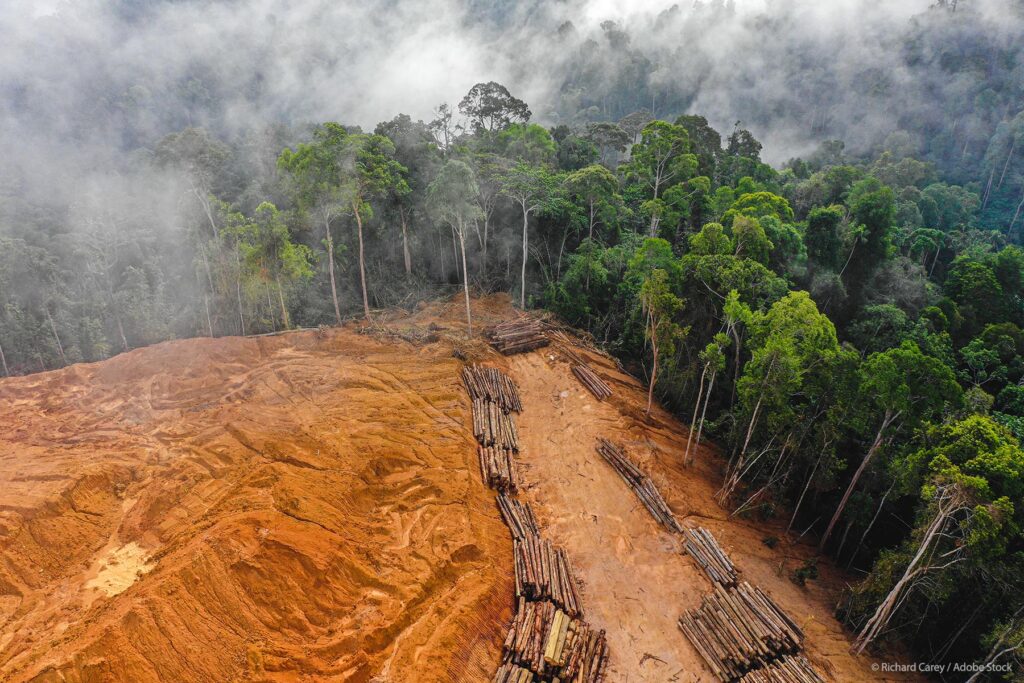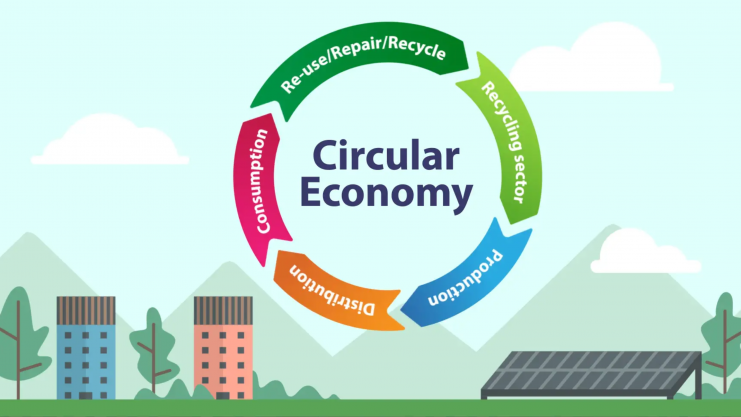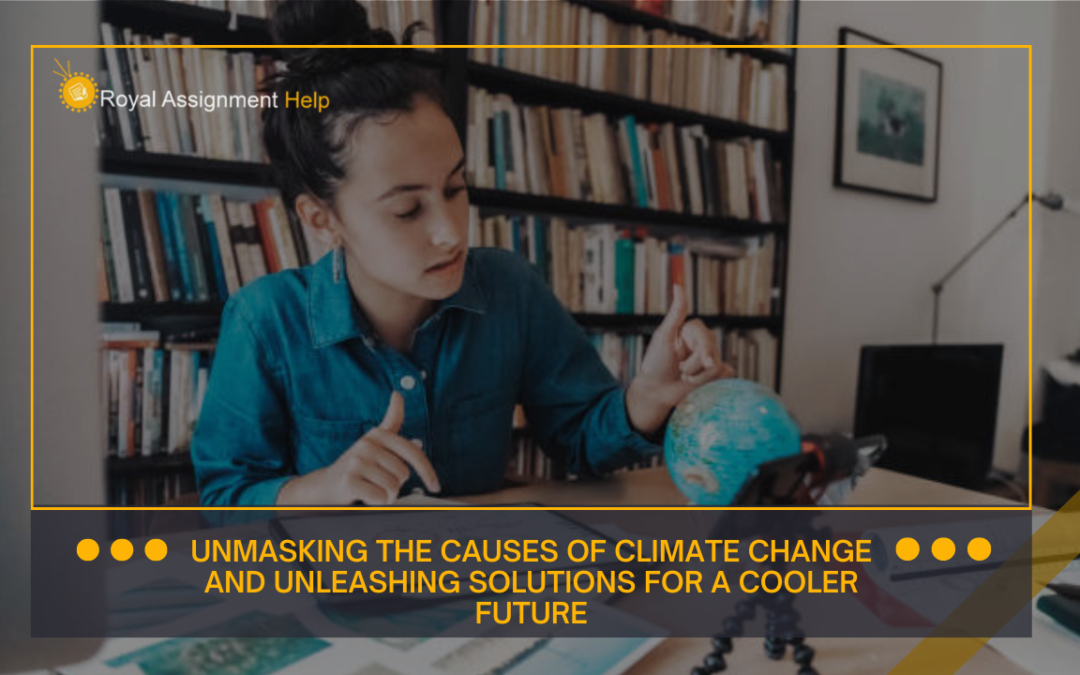Did you know 2020 tied with 2016 as the hottest year on record? Due to climate change, humans suffer from extreme weather events, displacement, health risks, and economic losses. This article is essential in understanding the urgency of addressing climate change and provides insights into how we can take collective action to mitigate its impacts. These solutions help create a sustainable and more relaxed future for generations.
Table of Contents
- The Genesis of Climate Change in the World
- Industrial Revolution
- Deforestation
- Increased Energy Consumption
- Accelerating Feedback Loops
- How do Ice Cores Show Climate Change?
- Ways to Transform Our World to Combat Climate Crisis
- Renewable Energy Transition
- Energy Efficiency and Conservation
- Sustainable Land Use and Preservation
- Circular Economy and Waste Management
The Genesis of Climate Change in the World
Industrial Revolution
As of 2021, global CO2 levels reached 417 parts per million (ppm), the highest in human history, primarily due to the burning of fossil fuels. The onset of climate change can be traced back to the Industrial Revolution in the late 18th century. The widespread burning of fossil fuels such as coal and oil significantly increased greenhouse gas emissions, primarily carbon dioxide (CO2). It settled the stage for global climate change.

Deforestation Cause Climate Change
According to the United Nations, an estimated 10 million hectares of forests were lost annually between 2015 and 2020, exacerbating climate change impacts. Students researching this topic can also take information from the assignment helper. From such sources, they will attain exciting information such as deforestation and land-use changes have played a crucial role in climate change. Large-scale clearing of forests releases massive amounts of stored carbon into the atmosphere, contributing to the greenhouse effect.
Increased Energy Consumption
In 2020, despite a pandemic-related economic slowdown, global CO2 emissions from fossil fuel ignition and industrial processes remained high, reaching approximately 31.5 gigatons. Rapid industrialization, population growth, and modern lifestyles have driven an unprecedented energy demand. Reliance on fossil fuel-based energy sources has resulted in soaring emissions of greenhouse gases, intensifying the climate crisis.
Accelerating Feedback Loops
In 2020, the Siberian Arctic experienced a record-breaking heatwave, with temperatures exceeding 38°C (100°F). It accelerated permafrost thawing and triggered increased carbon and methane releases. Climate change triggers various feedback loops that further exacerbate the problem. For example, as global temperatures rise, the melting of Arctic ice reduces the Earth’s ability to reflect sunlight, leading to more heat absorption and further warming.
How do Ice Cores Show Climate Change?
Ice cores provide valuable evidence of past climate change. Scientists extract ice cores containing air bubbles, dust, and isotopes by drilling deep into glaciers and ice sheets. These layers are a historical archive, revealing atmospheric composition and temperature variations over thousands of years. Isotope ratios, such as oxygen-18, indicate past temperatures. The presence of greenhouse gases in trapped air bubbles helps determine past atmospheric concentrations and provides insights into long-term climate patterns.
Ways to Transform Our World to Combat Climate Change
Renewable Energy Transition
Shifting towards renewable energy sources is paramount in combating the climate crisis. Governments can implement policies promoting solar, wind, and hydroelectric power adoption. Investing in research and development to improve renewable technologies, incentivizing clean energy investments, and facilitating the integration of renewable energy into existing grids are practical steps to accelerate the transition.
Energy Efficiency and Conservation
Enhancing energy efficiency across sectors is an effective strategy. Governments and businesses can implement building codes and standards that promote energy-efficient designs, retrofitting existing structures, and adopting energy-saving technologies. Encouraging energy-efficient appliances, promoting public transportation, and implementing innovative grid systems can significantly reduce greenhouse gas emissions.
Sustainable Land Use and Preservation
Protecting and restoring ecosystems is vital for climate resilience. Governments can enforce sustainable land-use practices, such as afforestation, reforestation, and agroforestry. These ideas are helpful for learners who want to add valuable ideas to their work and ask experts to do my assignment.
Moreover, implementing measures to prevent deforestation, promoting sustainable agriculture techniques, and supporting conservation initiatives can help preserve natural carbon sinks and biodiversity, mitigating climate change impacts.

Circular Economy and Waste Management
Transitioning to a circular economy model reduces waste and minimizes resource consumption. Governments can encourage recycling and composting programs, promote eco-design and eco-labeling, and implement policies to reduce single-use plastics. Investing in waste management infrastructure, including waste-to-energy facilities and landfill methane capture systems, helps curb emissions while promoting a sustainable waste management system.
End Words
In conclusion, the causes of climate change are multifaceted, but viable solutions exist to forge a more incredible future. By unmasking these causes and unleashing ways to combat climate change, we can mitigate the harm inflicted upon humanity and our planet. Embracing renewable energy, sustainable land use, and circular economy practices will yield a stable climate. It will benefit us with improved health, economic prosperity, and a resilient ecosystem. This blog underscores the importance of collective action in addressing climate change for a sustainable and prosperous future.
Frequently Asked Questions
Q. What are the causes and solutions of climate change?
A. Greenhouse gas emissions primarily cause climate change from burning fossil fuels, deforestation, and industrial activities. Mitigating it requires transitioning to renewables, promoting energy efficiency, sustainable land use, and adopting circular economy principles.
Q. What are the five natural causes of climate change?
A. According to the experts of assignment help UK, the five natural causes of climate change are variations in solar radiation, volcanic activity, Earth’s orbital changes, natural greenhouse gas emissions, and variations in oceanic circulation patterns.



